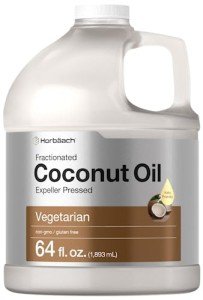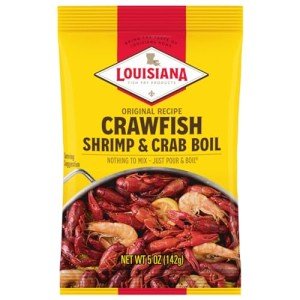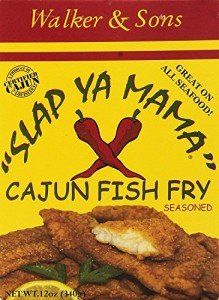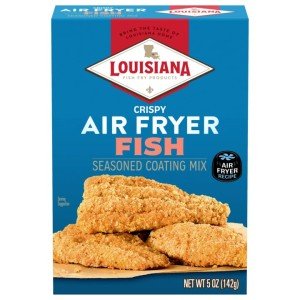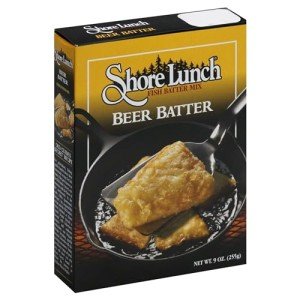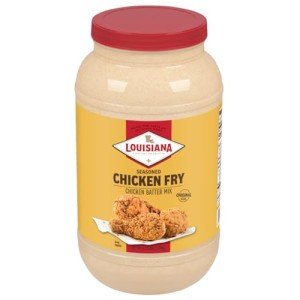When you're ready to tackle fish fry cooking techniques, having the right tools makes a huge difference. You want equipment that not only simplifies the process but also helps you create that perfect, crispy finish. Here are some essentials that every fish fry enthusiast should have in their kitchen.
First up, a good deep fryer is a game changer. It keeps the oil at the right temperature and gives you the consistency you need. Look for one with a large capacity so you can fry multiple pieces at once. Some models even come with built-in timers and adjustable heat settings, making it easier to achieve that golden-brown color.
A fish spatula is another must-have. Its thin, slotted design makes flipping and turning your fish a breeze. You'll avoid any breakage, and it ensures an even cook all around. This tool is especially handy for delicate fish fillets that tend to fall apart in traditional spatulas.
Don’t forget about a reliable thermometer. Maintaining the right oil temperature is crucial for perfect fish fry cooking techniques. If your oil is too hot, you’ll end up with burnt fish; too cool, and you'll have soggy pieces. A digital thermometer can help you keep an eye on things and take the guesswork out of frying.
Lastly, having a set of tongs that grip well is essential. They keep your hands at a safe distance from hot oil while you manage your fish. With these tools in hand, you’re all set to impress your friends and family with your fish fry skills!
Choosing the Right Fish Types
When it comes to fish fry cooking techniques, picking the right type of fish is key. Not every fish is created equal, and some are just better suited for frying. If you're looking for that crispy, golden crunch, go for fish that has a firm texture and mild flavor. Cod, haddock, and tilapia are great choices. They hold up well in hot oil and soak up seasonings nicely.
Catfish is another fantastic option. It’s got a unique flavor that really stands out, plus it fries up beautifully. If you’re feeling adventurous, try using salmon. It offers a richer taste, and when done right, it's absolutely delicious. Just keep an eye on the cooking time, as salmon can dry out quicker than you might think.
Don't forget about the coating! The batter can make or break your fish fry. A light, crispy batter really complements the fish without overshadowing it. Some people swear by a simple cornmeal mix, while others love a beer batter for that extra crunch. Test out different coatings to see what fits your taste!
Overall, choosing the right fish sets up your fish fry cooking techniques for success. Experiment with different types and find your favorites. Cooking should be fun, so don’t be afraid to get creative in the kitchen!
Horbäach Coconut Oil for Cooking - 64 oz
Perfect for frying, baking, and adding a tropical touch to your favorite dishes
Product information
$41.16 $34.99
Product Review Score
4.79 out of 5 stars
18 reviewsProduct links
Techniques for Crispy Coatings
When it comes to Fish Fry Cooking Techniques, achieving that perfect crispy coating is what it's all about. Nobody wants soggy fish! Let’s dive into a few tried-and-true methods to get your coating nice and crispy.
First up, consider the batter. A simple mixture of flour, cornmeal, and spices works wonders. It adds flavor and texture. For an extra crunch, try adding some baking powder. This little ingredient can give your batter a lift, making it light and airy. Don’t forget to season generously; the coating needs that punch to really shine!
Another great technique involves using buttermilk. Soak your fish in buttermilk before coating it. This not only keeps the fish moist but also helps the batter stick. The acidity in buttermilk tenderizes the fish and elevates the flavor. Just give it about 30 minutes, and you’ll be well on your way to crispy perfection.
Next, let’s talk about frying. The oil temperature is critical. Ideally, you want your oil hot, around 350°F to 375°F. If it’s too cool, the coating absorbs too much oil and gets greasy. If it’s too hot, you risk burning the outside while leaving the inside undercooked. Use a thermometer for accuracy, or drop in a small piece of bread; it should brown in about 60 seconds.
Lastly, let your fried fish rest on a wire rack after cooking. This allows excess oil to drip off and keeps the bottom from becoming soggy. With these Fish Fry Cooking Techniques, you’re all set to whip up some deliciously crispy fish that's sure to impress your friends and family!
Louisiana Fish Fry Crawfish, Shrimp & Crab Boil 5oz
Elevate your seafood experience with this flavorful spice blend designed for the perfect boil
Product information
$6.99
Product Review Score
4.47 out of 5 stars
111 reviewsProduct links
Tips for Flavorful Frying Oils
Choosing the right oil can make all the difference in your fish fry cooking techniques. You'll want an oil that has a high smoke point. This means it can handle the heat without burning and ruining your tasty dish. Good options are peanut oil, canola oil, or vegetable oil. They have that nice balance of flavor and heat tolerance, so your fish won’t end up tasting greasy or burnt.
Don’t just stick to one type of oil. Mixing oils can elevate your flavors. For instance, you can blend a neutral oil with a little olive oil for extra richness. This combo gives your fish a subtle taste that pairs perfectly with your seasoning. Just a splash of something like sesame oil can add a unique twist too if you’re feeling adventurous!
Temperature is key when frying. Make sure your oil is nice and hot before adding the fish. If the oil isn’t hot enough, your fish will soak up too much oil and become soggy. Aim for around 350°F to 375°F. A good trick is to drop in a small piece of bread; if it browns in about 60 seconds, you’re set!
Don’t forget about seasoning your oil! You can infuse your frying oil with herbs and spices before you fry. Adding garlic, bay leaves, or dried herbs can create a wonderful aroma and enhance the overall flavor of your fish. It’s a simple step that really elevates your dish without much extra effort.
